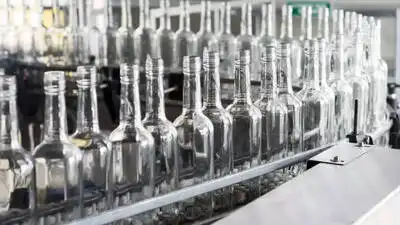A recent study by France’s food safety agency, ANSES, has upended long-held assumptions about beverage packaging safety by revealing that drinks stored in glass bottles contain significantly higher levels of microplastics than those in plastic bottles or cans. On average, glass bottles of soft drinks, lemonade, iced tea, and beer contained around 100 microplastic particles per litre—up to 50 times more than plastic bottles or metal cans. Researchers initially expected plastic bottles to be the main source of microplastic contamination, but the findings showed the opposite. The microplastics primarily originate not from the glass itself but from the paint coating the metal caps that seal the bottles. This discovery highlights an overlooked contamination pathway during bottling and storage that could have implications for consumer health and packaging standards.
container.htmlUnexpected high levels of microplastics in glass bottles
The ANSES study analyzed a variety of popular beverages including soda, beer, lemonade, iced tea, water, and wine sold in different packaging across France. The results were surprising: glass bottles contained an average of about 100 microplastic particles per litre, while plastic bottles and cans had levels five to fifty times lower. Among the beverages tested, beer bottles showed some of the highest microplastic counts, averaging around 60 particles per litre. Water had the lowest contamination levels, with 1.6 to 4.5 particles per litre depending on the container, and wine contained very few microplastics, even when bottled in glass with caps.
What is the source of plastic in glass bottles
Detailed analysis revealed that the microplastics found in glass-bottled drinks matched the shape, color, and polymer composition of the paint used on the metal caps sealing the bottles. The caps undergo friction and rubbing during storage and transport, causing microscopic scratches that shed tiny plastic particles into the beverages. These microplastics are invisible to the naked eye but contaminate the drinks during bottling and storage. Tests showed that cleaning the caps or improving their storage conditions could reduce microplastic contamination, suggesting potential mitigation strategies for manufacturers.
